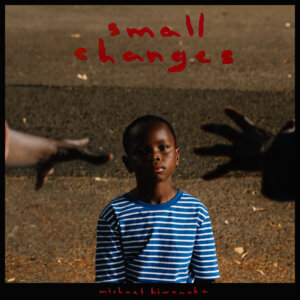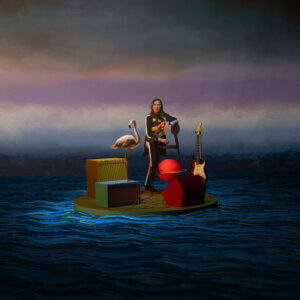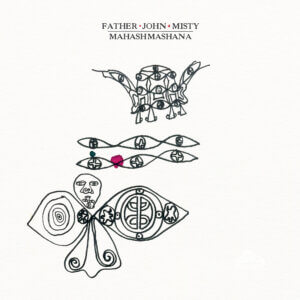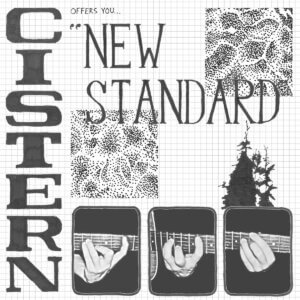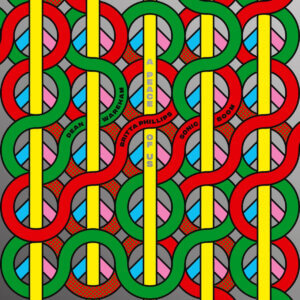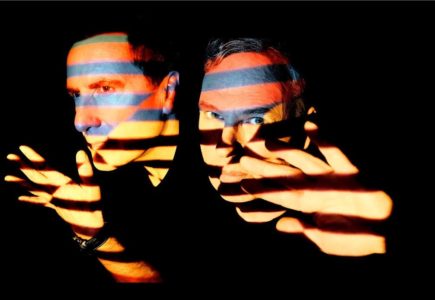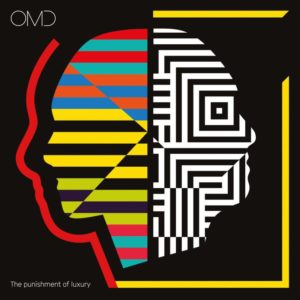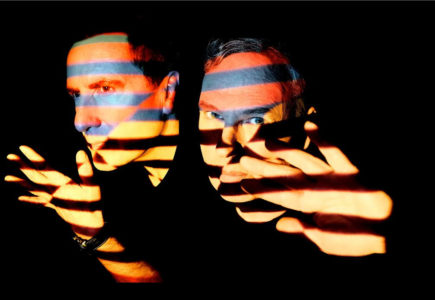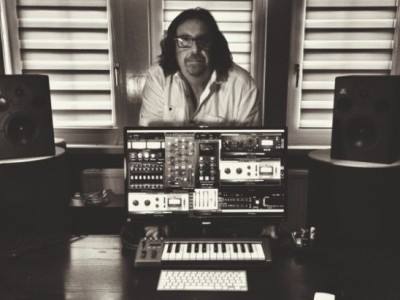OMD Navigate the Future
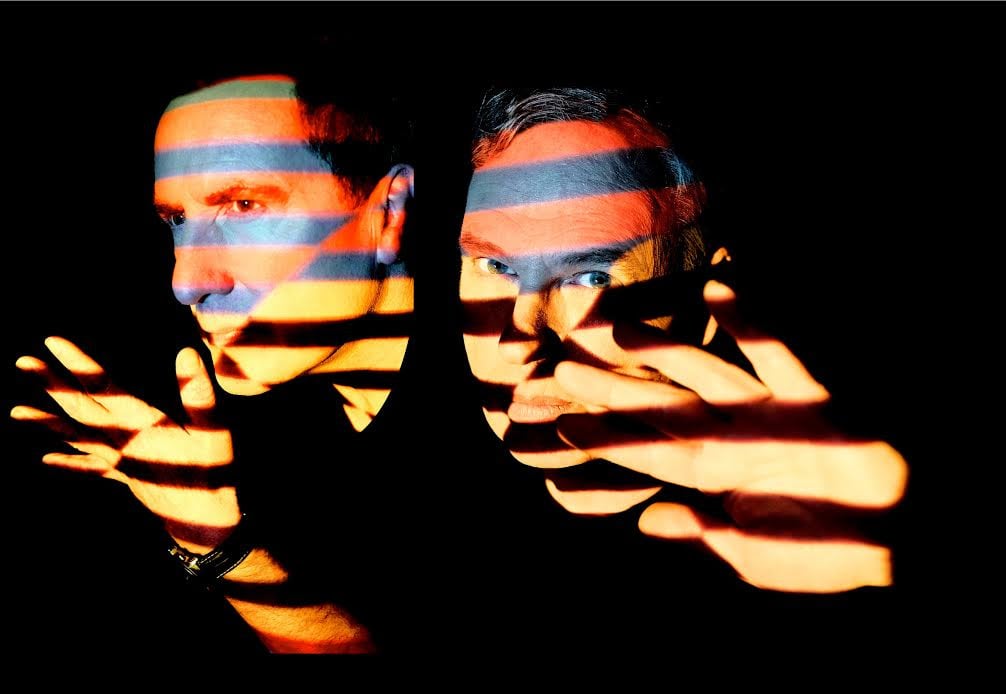
After 40 years of looking to the future, OMD find themselves harnessing the past as well. Delivering their 13th album this year with The Punishment of Luxury the band finds themselves using modern tools to bring the same soul from their past in new ways. We caught up founding member Andy McClusky to talk about their modern outlook, artistic inspiration and how they’re still getting complaints for using the latest technology in their music.
Northern Transmissions: What appealed to you so much about the painting “La Mitrailleuse” for your song of the same name and what was the process behind the powerful drum to gun section in the song?
Andy McCluskey: About three years ago, it was the hundredth anniversary of the start of the first world war. We’ve always had a horrified fascination with warfare, we can’t imagine ourselves being so angry or upset with another nation that we’d want to go to war with them. It’s hard to imagine these days, although Trump and Kim and Putin seem to be replaying the nuclear Cold War politics. I have been inspired by art, I was supposed to do a fine art degree, I took a gap year and that’s when the band started. I went to an exhibition at the Imperial War Museum in London and the very first painting when you walk in is ‘La Mitrailleuse’ by Christopher Nevinson, which is French machine gunners in the first World War. The war was arguably the first truly mechanized slaughter with machinery used against humans. That resonated because as a band that has always used technology and suffered from criticism and questioning about why we use our sounds, rather than conventional instruments.
By accident the sound of the band is created by the juxtaposition of the machinery we use and the humanity that we hope we bring in the melodies and the vocals. That contrast creates a tension that became the sound of the band. No matter how much we try to change, that DNA is across our music.
Next to the painting there was a piece that said “Bodies bent to the will of the machine.” I said “I’m having that, that is going to be a lyric.” I wanted to do a piece of music that was the most simplified contrast of machinery and human beings to reflect the painting and our ongoing interest. It started with me singing these ah’s, then a vocoder track of “Bend your body to the will of the machine.” I thought it would be interesting to create a rhythm track out of gunfire, artillery, machine guns, it’s all pulled from sample libraries. We felt it had a simple musicality but we felt that it did work.
NT: What inspired you guys to switch to soft synths in the studio rather than just for tour? What do you want to say to the purists who would question that?
AM: It’s funny really, that 40 years ago we were criticized for using new machinery, that it wasn’t proper rock n’ roll music because it wasn’t on guitar and drums, it wasn’t sweaty or honest enough. Now it’s gone completely the other way and some people think that synth music must be made on a traditional synth from the 70s or 80s. I find that bizarre, it’s like folk musicians arguing that you’re not using the right kind of banjo, or the right kind of strings on your acoustic guitar. The reason why we use electronics is because it allows us to have the broadest musical pallet we can access. The ethos of the band has always band to try to find new ways to express ourselves. We realize we walk a fine line because we’re not going to go into EDM or do a complete glitch album, it’d be like an old lady dying hair red and wearing stockings and high heels, it just wouldn’t be appropriate. We’re trying to challenge ourselves but have a DNA that works, that sounds like OMD. The truth is that Paul and I live 240 miles apart from each other and we have systems that we work on that are largely compatible. It just means that whenever we send files that either of us can work without pulling an exact keyboard and not thinking “I wonder what the settings are, I need to take a photo.” Initially when soft synths came out they were pretty one-dimensional, digital attempts to recreate the fat analog sound. Nowadays, people say they can tell the difference, they’re lying, they sound pretty much the same. It also means we don’t have to carry around these big frigging things that weigh 80 pounds.
NT: I understand recording the last album was a pretty demanding process and you had to start touring to get out of the funk, what did you want to do to avoid that this time around?
AM: When you get older and you’ve made 12 albums, it’s quite hard to say something you haven’t said before. You don’t want to completely copy yourself and you don’t want to be a shallow pastiche of yourself. You try to write about something different to find new inspiration but it has to come naturally, you can’t sit down, bang your head against the wall and say “I must write a song.” It takes time to allow your well of inspiration to fill up. We were so successful with our comeback that we forgot how selfish a mistress the music business is. You find yourself realizing that it consumes your time, and you don’t have time for the important things that you love and the people who love you. We just do it because we want to do it, and when we don’t, we don’t. We waited till we had things we wanted to say, and we’re really happy with it, the rest of the time we spent with the people we love and drew from that time.
NT: Looking back, what appealed to you the most about trying to work in the electronic sphere when punk and other sounds were driving the conversation?
AM: We found our alternative before punk came along. The music we liked when were in our teens was the more ambitious pop of the time, people like David Bowie, Roxy Music. When we discovered Kraftwerk and German bands like NEU!, it was really exciting because it opened the door of still being able to make something that is music but it doesn’t has to incorporate all the clichés that we found so tedious in rock music of the 70s. These days teenagers because of all the pressures nowadays, I feel like they’ve become more conservative. There was an optimism in the 70s. We were still in a perspective were pop culture proceeded in a line, but now we’re in a culture we’re art is reflective, hence the song “Art Eats Art.”
NT: I was interested to get your take on how it’s been to follow all the artists you inspired and how they spun your ideas from Depeche Mode to La Roux and LCD Soundsystem?
AM: We’re always listening to stuff, we’re not living in our won ivory tour. We’ve heard said by other bands that we’ve inspired them. We’ve contemplated it but it’s very difficult working with someone else. You’re busy, they’re busy and you find a couple days where you can both work in the studio. The problem is, if that day there’s no creative spark, you feel obliged to use whatever you come up with, even if it doesn’t speak to you. We’ve avoided collaborations because we didn’t want to feel obliged to use songs we didn’t feel were good just because we didn’t sit in a room for the same amount of time Paul and I do to write.
Remixes are quite interesting. Paul’s done some for Erasure and Vince has offered to do something for us. Somebody has to want to take your stuff and really want to put some time and energy into it. If it’s some gratuitous four-on-the-floor beat with vocal samples on it, it’s not worth it. For that reason we’re not commissioning remixes on this record, we’re doing our own 12-inch versions of our songs. Some of the artists you mention are making great music, whether we work with them, maybe.
NT: I understand you also did some extensive bird research and field recording to get the bird sounds on “Ghost Star”?
AM: The inspiration came from standing on the estuary in North Wales, which is famous for where they shot the TV show ‘The Prisoner.’ I heard these birds that sounded echoing and mournful, just gorgeous. I’d heard them before but I didn’t know what bird made the sound. I had to scroll through bird samples online until I found it “I got it, it’s a curlew!” So I went back to the estuary with my digital recorder and got some of the samples. The intro is this D Major chord, with some of the air noise to give it a sense of place.
Words by Owen Maxwell
Latest Reviews
Tracks
Advertisement
Looking for something new to listen to?
Sign up to our all-new newsletter for top-notch reviews, news, videos and playlists.
